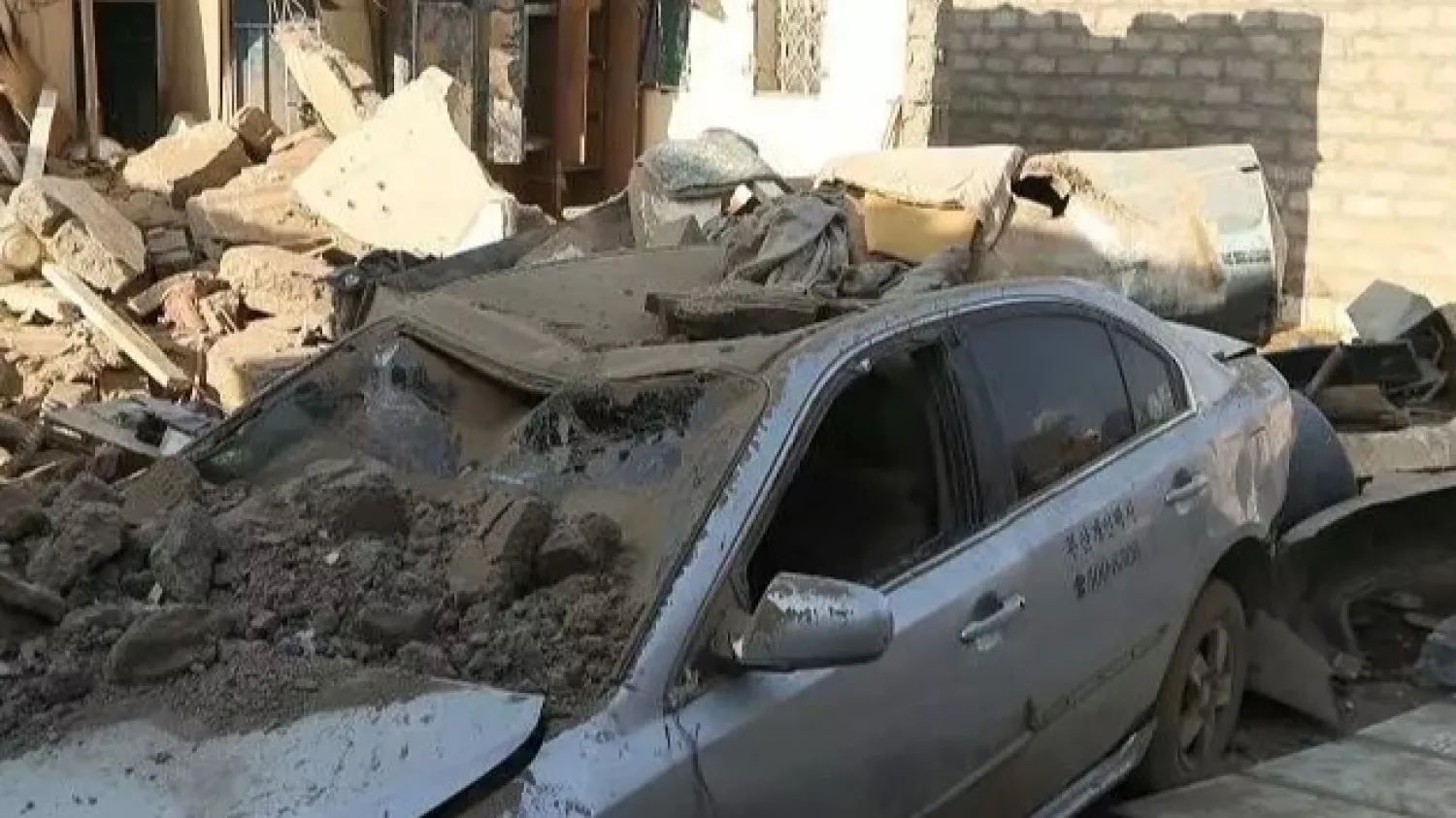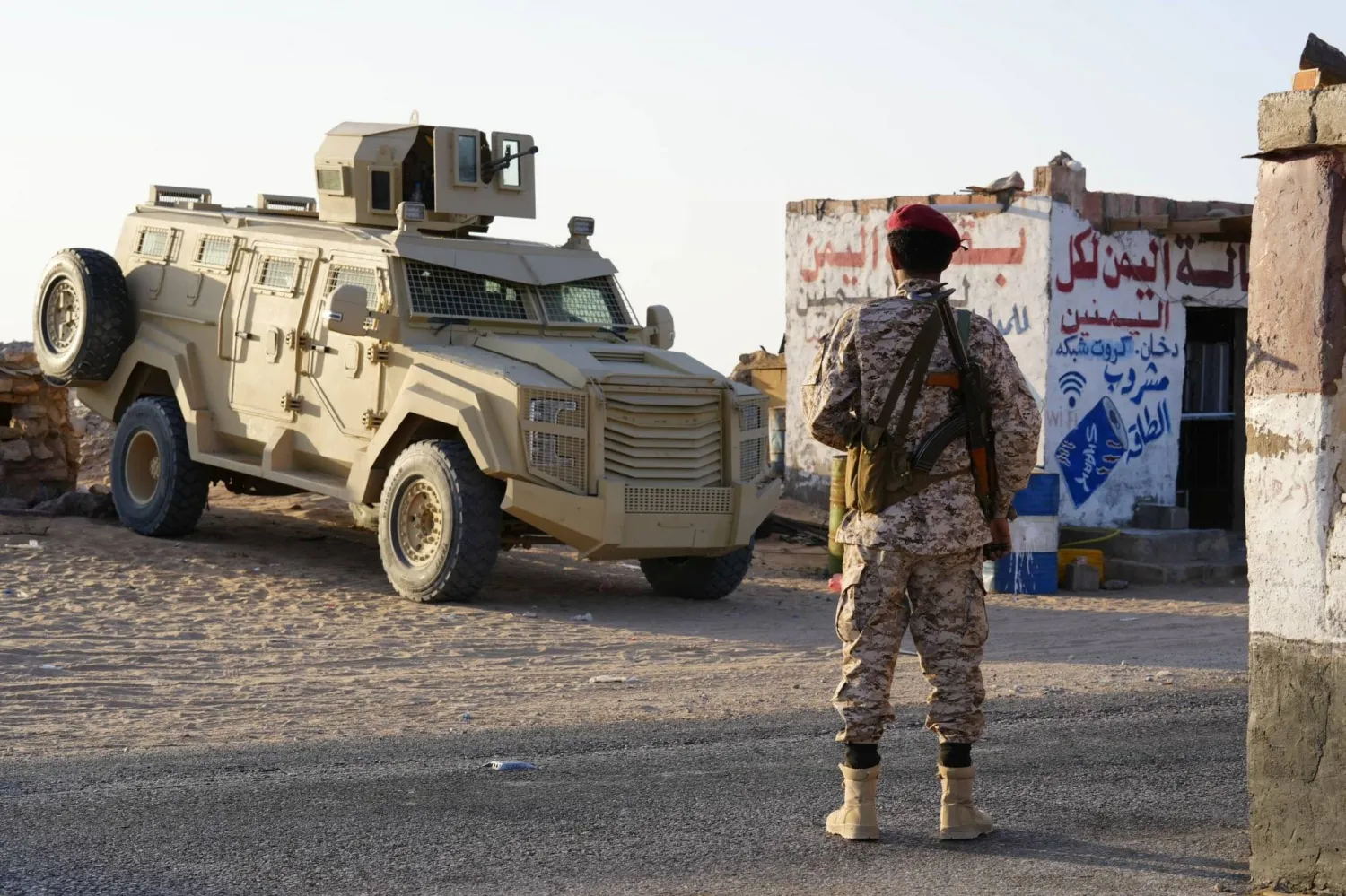The United Nations issued a report describing the tragic conditions of the displaced people in the Yemeni governorate of Marib.
Women and children represent over 79 percent of the total displaced people in Marib, read the report issued by the United Nations High Commissioner for Refugees on Tuesday.
Most displaced families (90 percent) live in extreme poverty on less than $1.4 per day, it said, noting that most of them resort to harmful coping mechanisms.
These include cutting on the number of meals, not visiting health facilities, or choosing child labor and early marriage for their survival.
Dubbed “Humanitarian and Displacement Situation in Marib Governorate,” the report said humanitarian needs in the governorate are growing as fighting escalates affecting civilians and triggering new displacements in Mahliyah, Jabal Murad, Medghal, Raghwan, al-Jubah, and Sirwah districts.
It pointed out that the majority of the displacement is from or within Sirwah, where families are fleeing for the second or third time from three of the largest hosting sites, namely, al-Zur, Dhanah al-Sawabin, and Danah al-Hayal.
According to the report, the displaced population mostly rely on the support of their friends and relatives and external assistance to meet their most basic needs, including food, shelter, health, water, and sanitation.
“The most vulnerable of the displaced families, 30 percent of those assessed, have no income.”
Some 40 percent of the displaced families live in makeshift shelters and unfinished buildings, it explained, pointing that those who found rented houses struggle to pay rent regularly, and about a quarter of the children assessed do not attend school.
Notably, Marib hosts approximately one million displaced Yemenis from across the country, most of them have been sheltering there since the start of the Yemen conflict in 2015.
The UN report affirms that public services and infrastructures cannot cope with the large influx of internally displaced persons.
“Most of the newly displaced families have sought refuge in existing, overcrowded and underserved hosting sites in Sirwah, Marib city, al-Wadi and al-Jubah districts and nearby areas.”
Lack of resources, access constraints, and insecurity are increasingly hindering the delivery of aid to civilians in Marib, with severe consequences for the most vulnerable, it stressed.
During the period between Feb. 20 and March 30, 2021, the UNHCR and partners conducted protection monitoring exercises to assess the needs and priorities of some 16,300 displaced Yemenis in Marib, including those displaced by the recent escalation of violence.
Results of the protection monitoring, the report said, showed the extreme vulnerability of the displaced families, even months after displacement.
The report further highlighted the insufficient wash facilities. It said 25 percent of the displaced families do not have access to toilets, showers, or handwashing facilities near their shelters.
Displaced families struggle to access water for drinking, cooking, and washing. About 41 percent of the families assessed reported having to walk more than 15 minutes to access water.
Over 92 percent of families assessed have received food assistance in the last three months.
According to the families interviewed, to address their most urgent needs, they would need cash (97.9 percent), non-food items (97 percent), shelter (89.7 percent), and water and sanitation services (86.7 percent).









